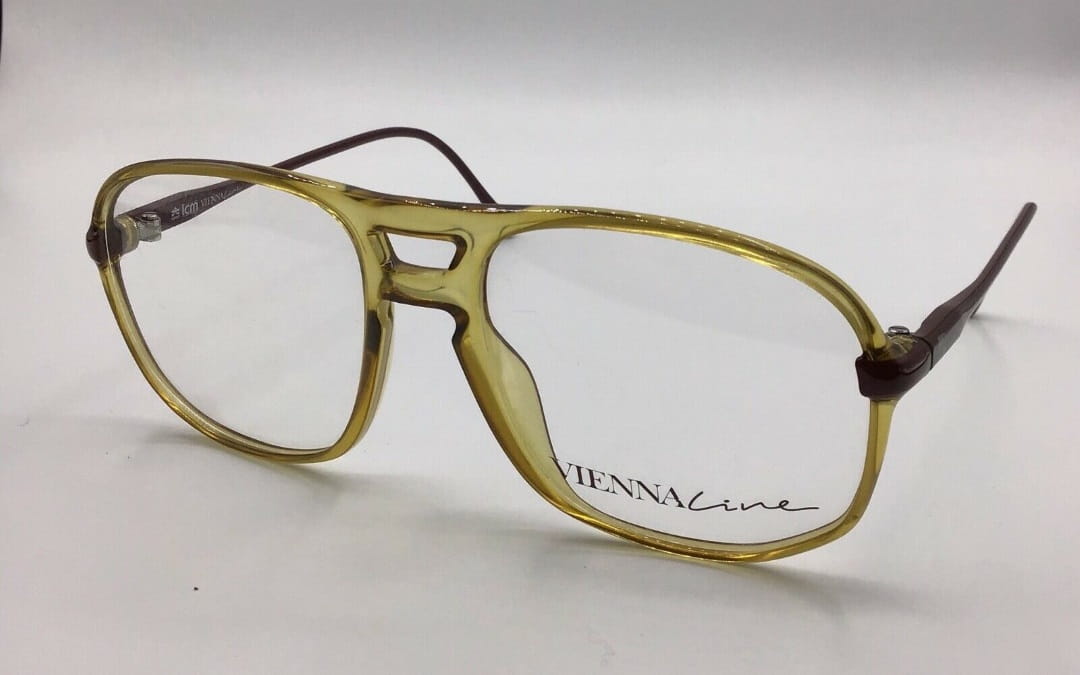Optyl is a thermo-durable plastic material made from epoxy resins with exceptional qualities. Light and durable, it lends itself to top-notch finishes. The name is a registered trademark of Safilo, which uses it exclusively to produce some models of its eyewear collections.
The characteristics of the Optyl
- Heat-resistant: It can be heated for a short time up to 350 degrees Celsius without being damaged.
- Lightweight: is about 20 time lighter than acetate or other materials.
- Hypoallergenic: free of plasticizers, it is treated with a special surface coating that makes it resistant to sweat and cosmetic products.
- Quality: The unique characteristics of the material and a particular production process determine exceptional quality.
- Multicolored and multiform: the frames have an almost unlimited potential for color development, color effects and three-dimensional shapes.
- Resistant over time: it does not fade, over the years the colors retain their brilliance.
The Optyl’s memory effect
The frames in Optyl have a particular memory effect. This material, heated to 120 degrees Celsius, can be easily deformed and adapted to facial anatomy, a shape it maintains with cooling and retains over time. However, if heated up again to the memory temperature, an extraordinary phenomenon is obtained: the Optyl frame recovers its original shape. This process can be repeated without limits.
To test the Optyl and show the veracity of the memory effect, an experiment was performed in Slovenia with the scientist Matej Gabrovec. At a temperature of 140 degrees Celsius, a 19.4 cm-high glass bottle with a neck diameter of 3.5 cm and an Optyl front was heated. When this condition was reached, the frontline, deformed by heat, could be inserted into the bottle. In the next cooling phase, the front line again took the starting form.
A curiosity about Optyl
In 2010 Safilo launched a marketing campaign to promote Optyl in optical stores. The communication started from the origins of The Optyl and imagined a hypothetical scientist, Fridebald Schulz, who communicated to the world his sensational discovery declaring: “The world is hungry for revolutions, May 20, 1970 will be a day to remember!”
To effectively and originally explain the potential of this material, all opticians received an “aged” cardboard box, apparently shipped as far back as 1970. Inside a special kit, consisting of a letter from Schulz describing the characteristics of the material marked by the Optyl brand, a copy of the fictional magazine “It’s Science!” from 1970, dedicated to this discovery and a glass bottle containing a frontal in this material, the result of Gabrovec’s experiment.
Conclusions
This material provides greater resistance to mechanical exertion than normal thermoplastics (acetate, propinate, etc.). Achieved through vacuum casting technology, it allows for a very original three-dimensional design, an excellent surface finish, considerable resistance to external agents, a development of colors and effects and unparalleled chromatics. These features make the Optyl brand synonymous with innovation.

